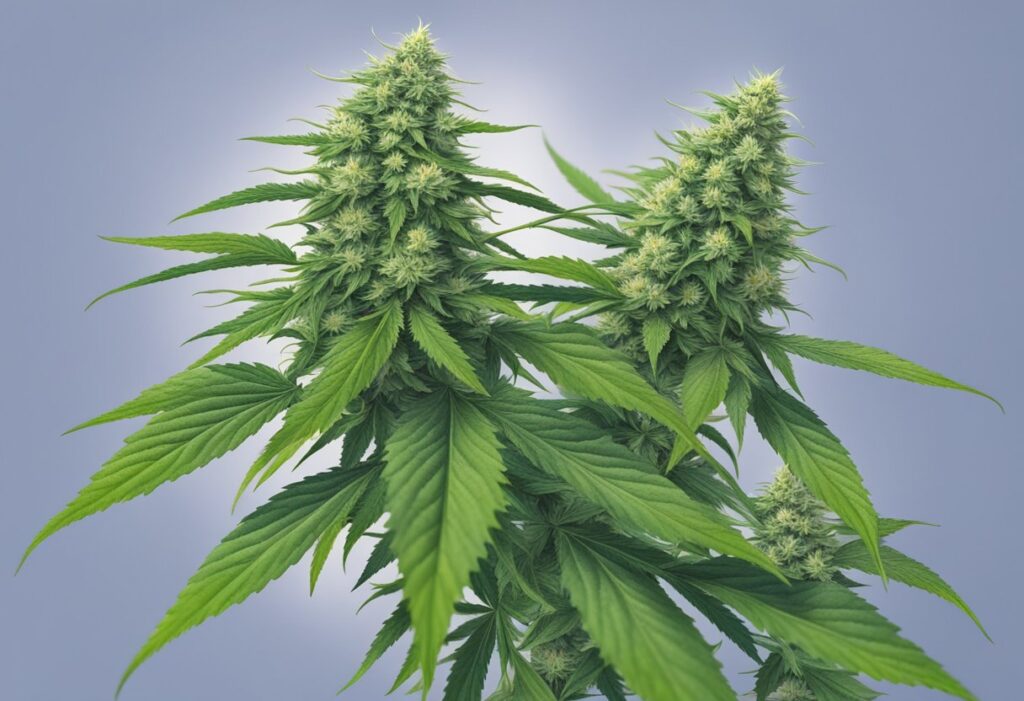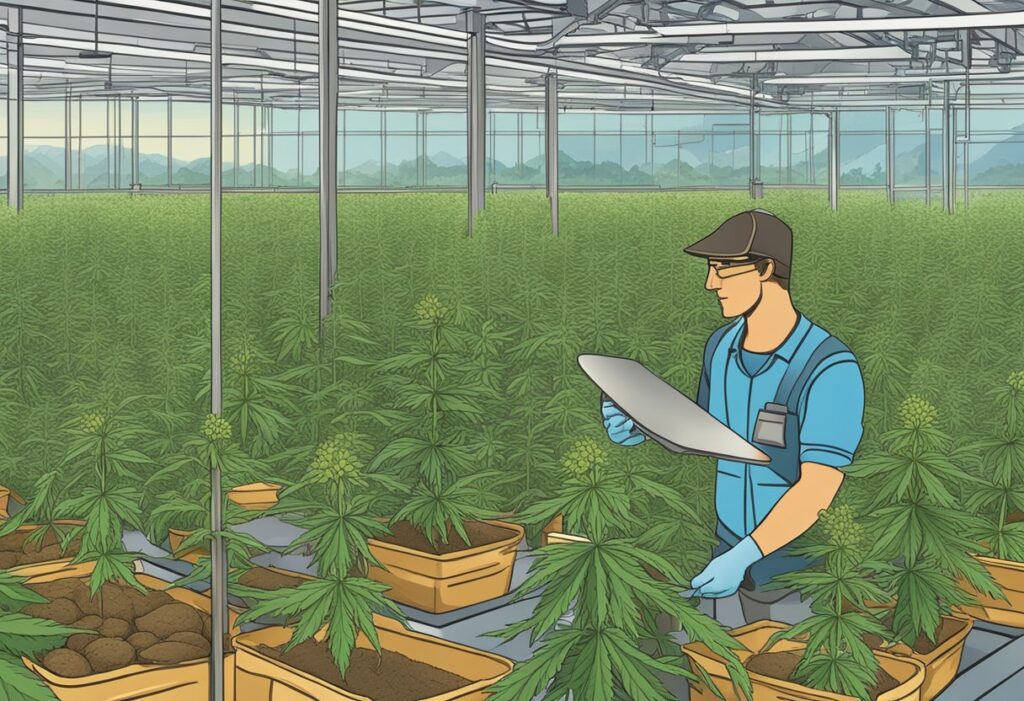
The genetic makeup of the cannabis plant plays an intricate role in the properties of its seeds, influencing everything from growth patterns and yield to cannabinoid content. Your understanding of this relationship is vital for cultivation and seed production.
Cannabis sativa L. is part of the family Cannabaceae, featuring a rich genetic tapestry that directly affects the quality of marijuana seeds. The genotype of a cannabis plant determines its potential to produce particular traits, including tetrahydrocannabinol (THC) levels, resistance to certain diseases, and overall plant vigor.
Key entities in genetics include:
These genetic factors form the building blocks for breeding and selecting strains for specific purposes, be they high-potency marijuana or industrial-grade hemp with long fiber lengths.
When you venture into cannabis seed production, the genetics of the parent plants determine the qualities of the resultant seeds and their progeny. Here’s a snapshot of how genetics guide seed production:
Understanding the genetics behind cannabis and its seed production can lead you to more informed decisions in cultivation practices, ultimately influencing the quality and legality of your crop in areas where cannabis cultivation has been legalized.

In Canada, the cultivation of cannabis is subject to comprehensive regulations to ensure health and safety standards are met. Your understanding of these regulations is crucial whether you’re involved in the medical or recreational cannabis industry.
Health Canada is the federal department responsible for public health. It oversees the licensing process under the Cannabis Act, which came into force on October 17, 2018. It is your responsibility to secure a license if you plan to cultivate cannabis for either medical or recreational purposes. The Cannabis Act provides a legal framework that controls the production, distribution, sale, and possession of cannabis across Canada.
Licenses for cultivation are broken into several categories, each with different requirements:
Your compliance with Health Canada’s strict regulatory requirements is crucial in obtaining and maintaining a cannabis cultivation license.
Germplasm refers to the genetic material that determines the inherited characteristics of an organism. In the context of cannabis, the Canadian Food Inspection Agency (CFIA) regulates the seed in line with the Seeds Act and Regulations and Plant Protection Act and Regulations.
For seed collection:
Germplasm ownership is governed by both international treaties and local laws, and it can influence the development of new cannabis strains in Canada. As part of the industry, you must adhere to these regulations to ensure that the collection and use of cannabis genetic material are legal and sustainable. The updated guidance issued on May 3, 2023, by Agriculture and Agri-Food Canada/Canadian Food Inspection Agency was designed to provide clarity for this aspect.

To elevate the quality of marijuana seed and refine the efficacy of cannabis cultivation, understanding the biology of the plant and the latest biotechnological advancements is crucial.
Cannabis growth is influenced by a complex interplay of environmental factors such as temperature, lighting, and photoperiod. Hemp and marijuana, despite being different in their cannabinoid profiles, share similar cultivation requirements.
By mastering these elements, you can promote healthy plant development and potent cannabinoid production.
Biotechnology in cannabis cultivation has revolutionized the ability to analyze and improve genetic improvement. The application of molecular markers and DNA methylation strategies can guide seed growers in producing seeds with desirable traits, such as high cannabinoid content or improved resistance to pests.
Through biotechnological methods, you can ensure the stability and identity of cannabis strains, leading to consistent product quality, whether for recreational or medicinal use. Biotechnology also contributes to pest management, selecting strains that naturally resist common pests, thus reducing the need for chemical controls.
Your marijuana seed quality hinges on genetics, seed age, and storage conditions. Well-preserved, freshly harvested seeds from Canada generally exhibit higher germination rates due to stringent quality controls.
Canadian breeders utilize advanced genetic understanding to enhance seed potency, honing in on desired traits through selective breeding practices.
Canadian Kush strain seeds exemplify resilience and quality, often attributed to Canada’s unique climate and stringent breeding standards that focus on robust genetic traits.
Yes, your seeds’ expression of single gene traits can be significantly influenced by their environment, often observed through phenotypic plasticity in differing growing conditions.
No genetic modifications in the traditional GMO sense are involved; Canadian breeders focus on natural breeding techniques to achieve desired genetic outcomes in marijuana seeds.


WE ARE EVERY GROWERS ONE STOP SHOP TO ACQUIRE PREMIUM CANNABIS SEEDS FOR SALE IN THE USA, CANADA AND AUSTRALIA
Farmers Lab Seeds 2024,
All Right Reserved
Seeds are sold as novelty items, souvenirs, and collectibles. They contain 0% THC. We encourage our customers to check the legislation in their Country, State, Province, and Municipality prior to purchasing items from our store. We do not provide growing information.
All seeds are sold as hemp, and lab tested under 0.3% THC. This product is not for use by or sale to persons under the age of 21. This product should be used only as directed on the label. It should not be used if you are pregnant or nursing. Consult with a physician before use if you have a serious medical condition or use prescription medications. A Doctor’s advice should be sought before using this and any supplemental dietary product. All trademarks and copyrights are property of their respective owners and are not affiliated with nor do they endorse this product.
These statements have not been evaluated by the FDA. This product is not intended to diagnose, treat, cure or prevent any disease. Individual weight loss results will vary. By using this site, you agree to follow the Privacy Policy and all Terms & Conditions printed on this site. Void Where Prohibited by Law.